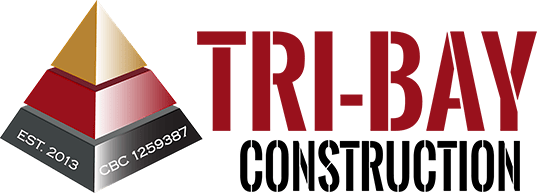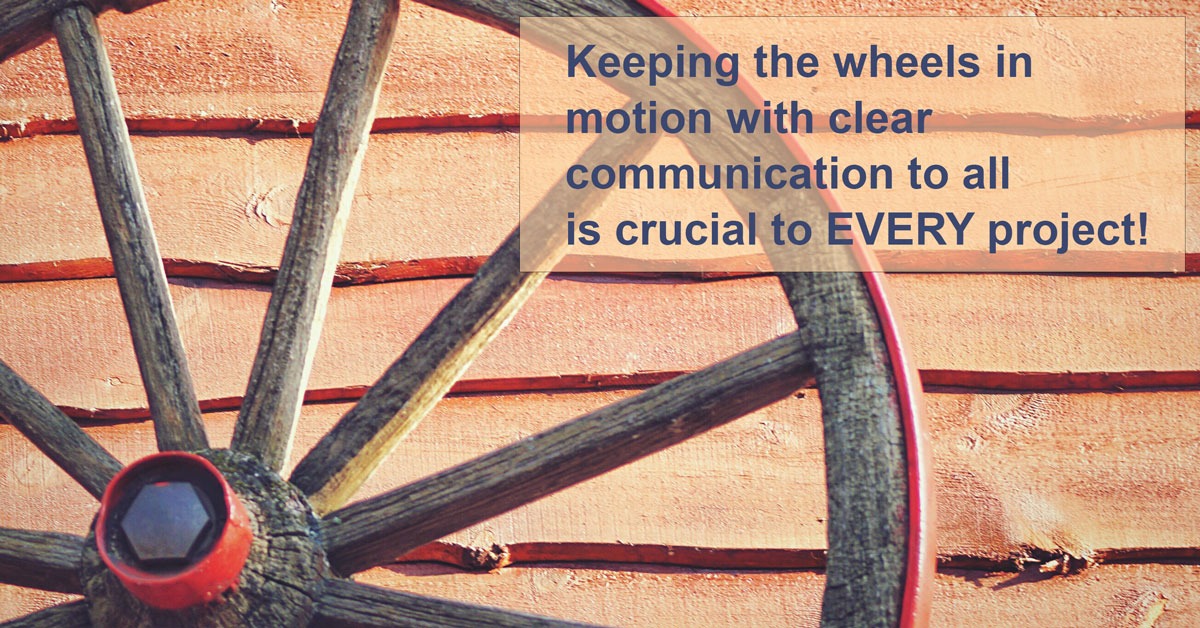We would like to continue our discussion about the relationship between the Owner and the General Contractor (GC) and take it a step further. While each individual relationship is equally important:
- GC/Owner;
- GC/Subcontractors;
- GC/Suppliers/Design Team
We hope to develop a collaborative team relationship between all parties involved in a construction project from beginning to end:
- Owner/GC/Design Team/Plan Review
- Inspections Jurisdiction/Lenders if applicable/Building Owners in the case of tenant build-out space/subcontractors/suppliers.
While all team members may not have individual contact with each another, it is imperative, for a smooth project, that all members understand that each member plays an equal and timely part in the completion of each project. A successful outcome is accomplished by communicating concerns or needs to the proper entity and getting all to the finish line more efficiently and with less interruption. The more team members understand each other’s roles, the more collaborative the effort becomes. We operate from the standpoint that no one entity in a construction project is an “island.”
Efficiency depends upon the understanding that anything any single entity does will affect all the other subsequent members. Visualize a construction project as a giant wagon wheel with a hub in the center, where the GC’s role in a project is the hub. When information does not go through the hub and multiple spokes do not receive the same information, the wheel is knocked out of balance and begins to wobble. The importance of the hub cannot be overemphasized. The Field or Project Superintendent, who is on the site daily, can be considered the center of that hub.
What cannot be seen and is so often a source of field issues are the ball bearings (administrative support team) that surround the project superintendent and assist them in keeping the wheel turning smoothly.
The hub members play a two-fold role; one without the other can be disastrous for all the other spokes in the wheel. If the Project Superintendent is not utilizing their support team, what can occur are gaps in deliveries, missing subcontractors, missed inspections, etc., resulting in unnecessary schedule delays.
If the support team is not up to speed on the projects’s progress, and providing the Superintendent with what they need while anticipating what comes next, similar issues can occur.
Equally important as the communication within the hub is the communication from each spoke of the wheel to the hub. For example, if the Owner desires a change and speaks directly with a worker when it is time to get paid, there will be conflict. When it is time for inspection, there will be conflict. When it is time to move forward, there will be delays. For example, suppose the framers, while performing their portion of the work, do not consider all components and associated subcontractors of the project that come after framing. In that case, their work may have to be removed and built again.
Let’s face it, our world is very distracting, and despite many methods of communication, the interaction between individuals on a personal level is disintegrating. We receive snippets of information from the media via text messaging; unfortunately, many get used to this environment. Snippets of information, incomplete sentences, and non-interaction between all members of the team (spokes of the wheel) on a construction project create expensive and time-consuming problems that are avoidable in almost every case.
These are just some of the more glaring challenges making the construction industry a contentious environment right now. Delayed projects create an atmosphere of frustration and often animosity between all parties involved. Finding a viable solution, somewhat palatable to all parties, is an arduous task at best. Today, signing a contract with a liquidated damages clause for project delay could be suicide for a small company.

